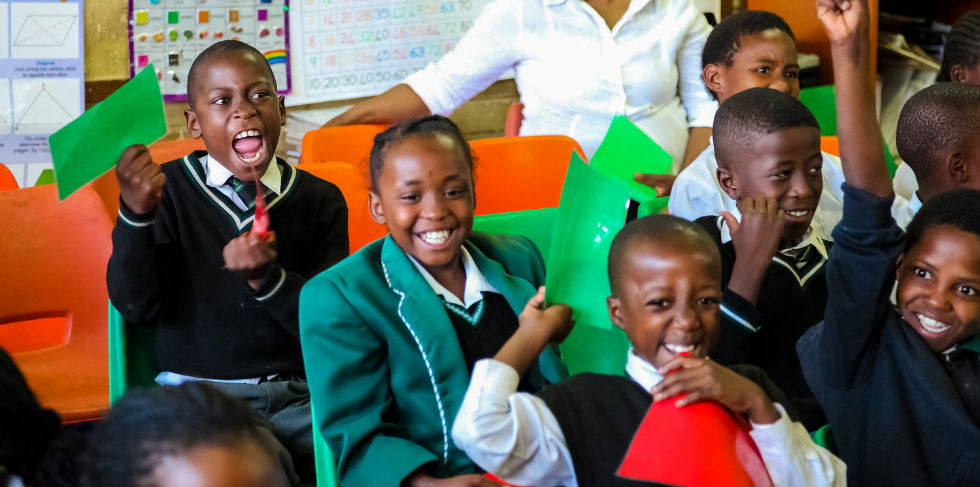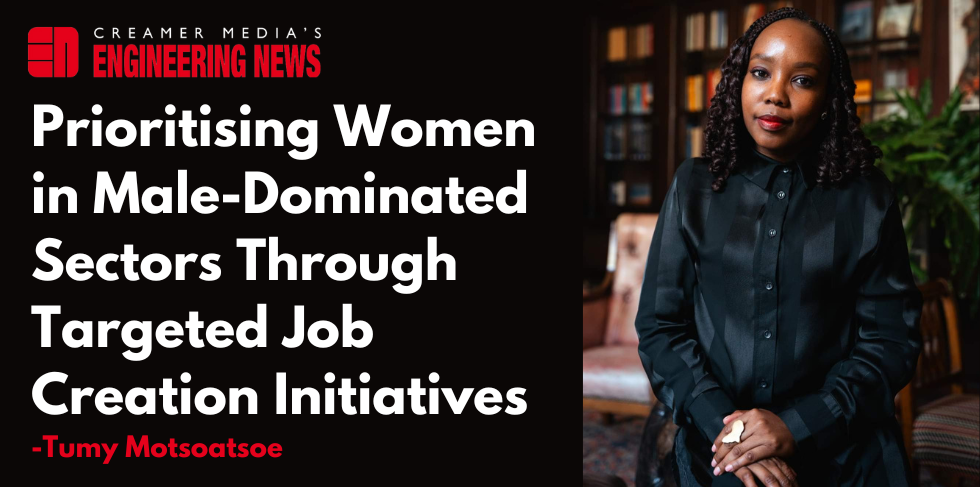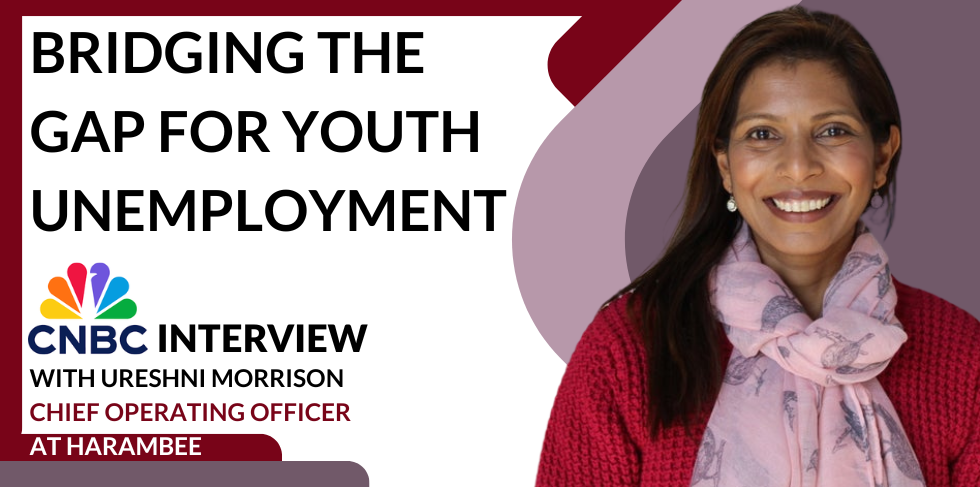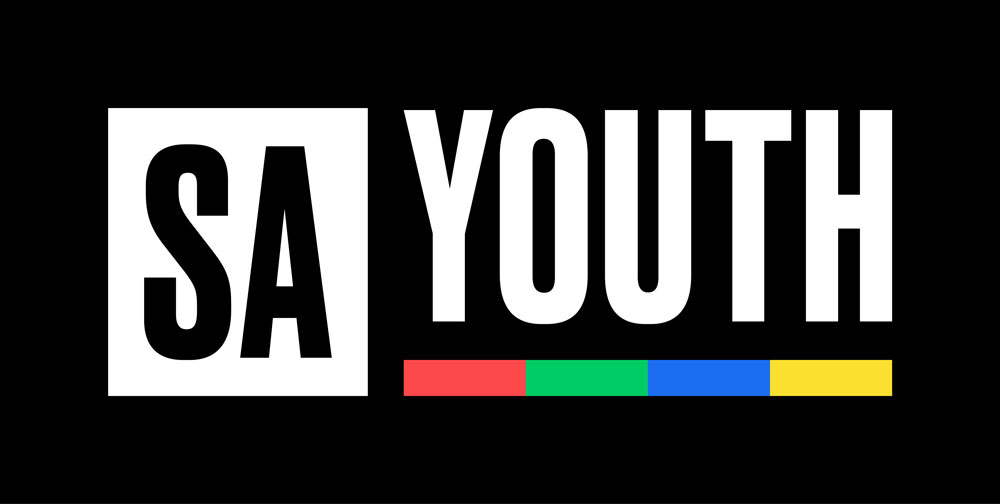The latest Quarterly Labour Force Statistics reminds us just how bad youth unemployment is — and why investments such as the Basic Education Employment Intervention (BEEI) are so valuable for their capacity to create youth employment at speed and scale, enabling over half a million pathways for youth across South Africa. This investment, which dwarfs many of our GDP peers’ comparable spending, has put at least R10b in income and savings into the pockets of South Africans. Beyond the obvious value to recipients, we also see evidence that a deeper social and economic value is taking shape from the investment: a greening of South Africa’s ‘jobs deserts’.
Jobs deserts, where local entry-level opportunities are severely limited or non-existent, make it impossible for young people to find a foothold in the labour market. At Harambee Youth Employment Accelerator, we have mapped these jobs deserts and the picture is stark: in 2020, for a sample of 13,500 employed youth, two thirds were in municipalities where there were fewer than ten young people employed. This finding adds weight to decades of evidence that inequality in South Africa is spatial. COVID-19 exacerbated these trends, forcing people to remain in jobs deserts as entry-level prospects in the city diminished.
But there is recent cause for optimism.
The Basic Education Employment Intervention (BEEI), part of the Presidential Employment Stimulus Programme, and run by the Department of Basic Education (DBE) placed nearly 320,000 young people as assistants in schools across the country in November 2020, and 287,000 more in Phase Two, which has just started. The scale and speed are remarkable, the coverage even more so. A map of Phase Two placements shows the extraordinary power of the programme in bringing work to what were formerly jobs deserts[1]. Nothing else in our economy is creating work for youth at this scale and with this spatial reach right now, time-bound though the placements may be.
How was this achieved? By mobilising national assets in a multi-stakeholder partnership with an emphasis on geographic inclusion.
The first such asset was South Africa’s schools. Our 23,000 schools span 75 school districts across the country, including in areas that are sparsely populated and with few entry-level opportunities. Under the BEEI programme, these schools created much-needed positions—from education assistants that supported teachers in the classroom, and general assistants that supported tasks including school maintenance and after-school care.
Another asset: SA Youth (South Africa’s free, national network for all young people to access learning and earning opportunities), managed by Harambee, as part of the National Pathway Management Network of the Presidential Youth Employment Intervention. To optimise fairness and equity of access to the process, multiple entities including NYDA, libraries and Department of Employment and Labour (DEL) sites across the country participated in a coordinated outreach campaign. The system checked latitude and longitude coordinates for each school while geo-spatially locating applicants, allowing it to refer applicants to all schools within a five-kilometer radius of their home. The spatial data then assisted in analysing distance from each work-seeker’s residence as a factor in ranking applications. As a result, 320,000 young people gained work within walking distance of where they live.
Why does this matter, and how is it different?
Based on a decade of Harambee’s evidence of helping young people find work, we know that spatial inequality and transportation to work is one of the biggest barriers to finding and keeping employment. Our data suggests that young people spend at least R300 per month on average on transport to work — and that taking over two taxi rides to work can significantly reduce retention on the job. Transport is not just an additional cost — it also adds a layer of time and complexity that particularly hits women and caregivers with household obligations. That is why it’s significant that, as well as putting nearly R7b in direct income into young people’s pockets, the BEEI programme has generated a conservative estimated savings in work-search costs (printing, transport, and data costs) of nearly R3b. Just as valuable to recipients is the work experience itself, in a context in which lack of work experience is a critical barrier to labour market entry. Over 80% of the first cohort of school assistants reported learning new skills — like administration, communication, teaching and interpersonal skills — that are in demand in the wider labour market. When placement ends, the SAYouth.mobi platform can assist in connecting participants from a “foot in the door” opportunity towards the next one by automatically enhancing their profile.
But the BEEI is not just a supply side intervention. It has the potential to jump-start wider economic recovery, acting as a fiscal multiplier — putting spending power in the hands of the local economy, and creating and valuing work that builds and binds communities. Studies on India’s employment guarantee scheme, the largest public works programme in the world, have demonstrated that well-administered public employment programmes could increase low-income household earnings by 13%, with 90% of these gains driven by increases in market wages and private-sector employment — suggesting a strong demand-side effect.
The BEEI process has shown that, if we optimise for inclusion using spatial data, and leverage our existing infrastructure — such as public schools — we can “green” our jobs deserts. Far from a one-time boost, it has also generated new assets: hundreds of thousands of qualified signals of employability in a network that can now be “read” by a much broader swathe of the labour market. A new outreach and application infrastructure. Mass applicant data across multiple dimensions — skills and spatial, for example — that can help shape future job-growth initiatives.
The energy and potential of our young people — all our young people — is our greatest untapped economic asset. We cannot afford for millions of them to become discouraged and disconnected from opportunity simply by virtue of where they live. The BEEI programme shows us a pathway to greening South Africa’s jobs deserts, and what’s more, have created the infrastructure to do it: a multi-stakeholder collaboration that is as vital as irrigation would be to green a literal desert. Now it’s up to us to make the most of it.
[1] Youth employment density calculated from Harambee ‘Employment Journey’ data for 2020, reflecting the total number of youth who said they were employed in a job, per municipality. Teacher assistant school locations by municipality from DBE data.
Source: Access the original article published 2 December at https://www.dailymaverick.co.za/opinionista/2021-12-01-greening-the-job-deserts-working-towards-prosperity/.





 Stay Connected
Stay Connected



